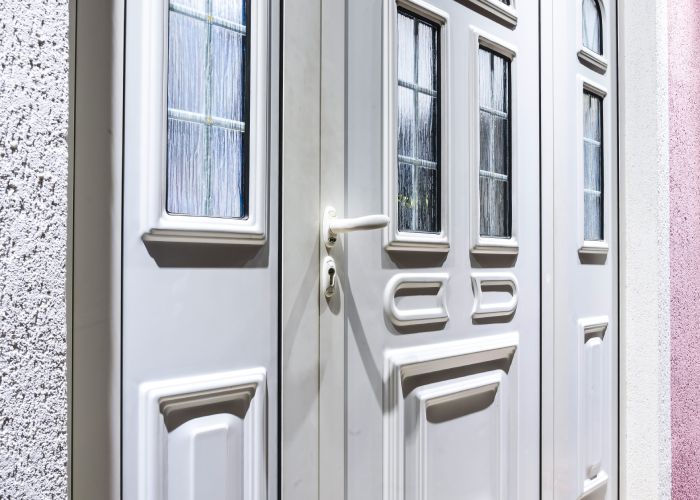In the realm of landlord-tenant relationships, questions regarding property security often arise, especially when it comes to the changing of locks. Tenants may wonder about their rights and whether a landlord can change the locks without consent. Understanding the legalities surrounding this issue is crucial for both landlords and tenants in the UK.

It Is Illegal For A Landlord To Change The Locks?
In the United Kingdom, tenants have certain rights regarding the security of their rented accommodation. Landlords are generally not allowed to change the locks without the tenant’s permission, except in specific circumstances outlined in the tenancy agreement or by law.
One such circumstance is when the landlord has a valid reason to believe that the property or its occupants are at risk. For instance, if a tenant has breached the terms of the tenancy agreement by engaging in illegal activities or causing significant damage to the property, the landlord may have grounds to change the locks for security purposes.
Reasons a Landlord in the UK May Legally Change the Locks on a Property
Can Tenants Change the Locks on Their Rented Accommodation?
When tenants wish to change the locks themselves for added security, they should seek permission from the landlord or property management company. Most tenancy agreements outline procedures for alterations to the property, including changes to security measures like locks. By obtaining consent beforehand, tenants can avoid potential disputes and ensure compliance with the terms of their tenancy.
Tenants typically do not have the automatic right to change the locks on their rented accommodation without the landlord’s permission. Most standard tenancy agreements include a clause specifying that the landlord must approve any alterations, including changes to locks.
If a tenant wishes to change the locks, they should follow these steps:
- Seek permission: Before making any changes, tenants should seek written permission from the landlord. This can be done through formal communication, such as a letter or email.
- Provide details: If permission is granted, tenants may need to provide details about the new locks, such as providing a spare key to the landlord.
- Revert to original condition: In some cases, landlords may require tenants to revert the locks to the original condition at the end of the tenancy. This should be clarified in the agreement.
Tenants must check their tenancy agreement and communicate with the landlord to ensure compliance with the terms. Changing locks without permission may be considered a breach of the tenancy agreement, and the tenant could face consequences, such as being asked to cover the cost of replacing the original locks or even eviction.
What if there are concerns about security?
If there are concerns about security or safety that require a lock change, tenants are advised to discuss these issues with the landlord first. Additionally, tenants should consider seeking legal advice to understand their rights and obligations in their specific situation.
Moreover, landlords should prioritize maintaining the safety and security of their rental properties. Regular inspections and maintenance checks can help identify any security concerns, such as worn-out locks or faulty door mechanisms before they escalate into larger issues.
Addressing these issues promptly ensures tenants’ safety and protects the landlord’s investment in the property. Effective communication between landlords and tenants regarding security measures fosters trust and cooperation, contributing to a positive rental experience for both parties.
Both landlords and tenants need to familiarize themselves with their rights and responsibilities regarding property security. Open communication and adherence to the law can help prevent disputes and ensure a harmonious landlord-tenant relationship.




